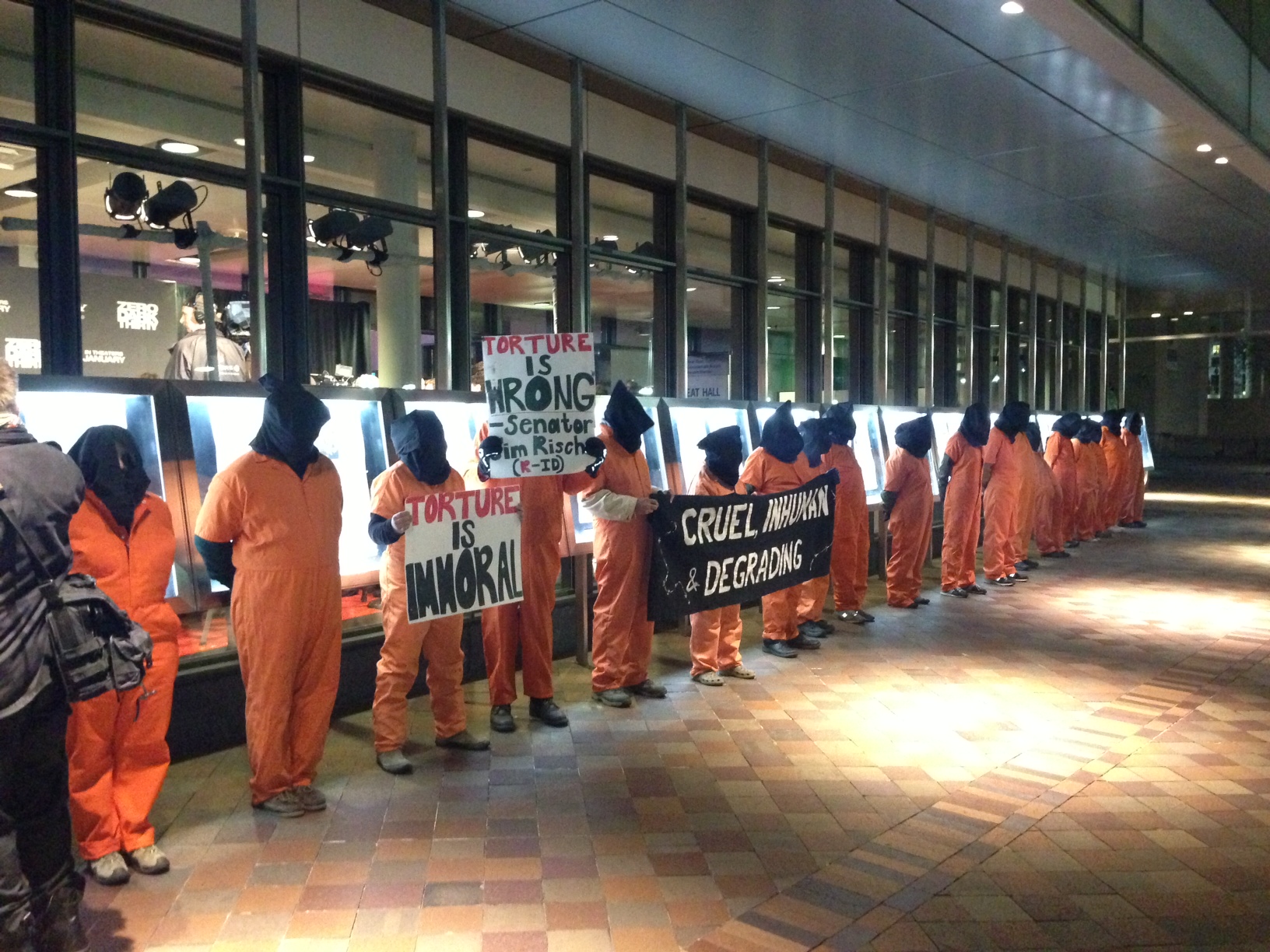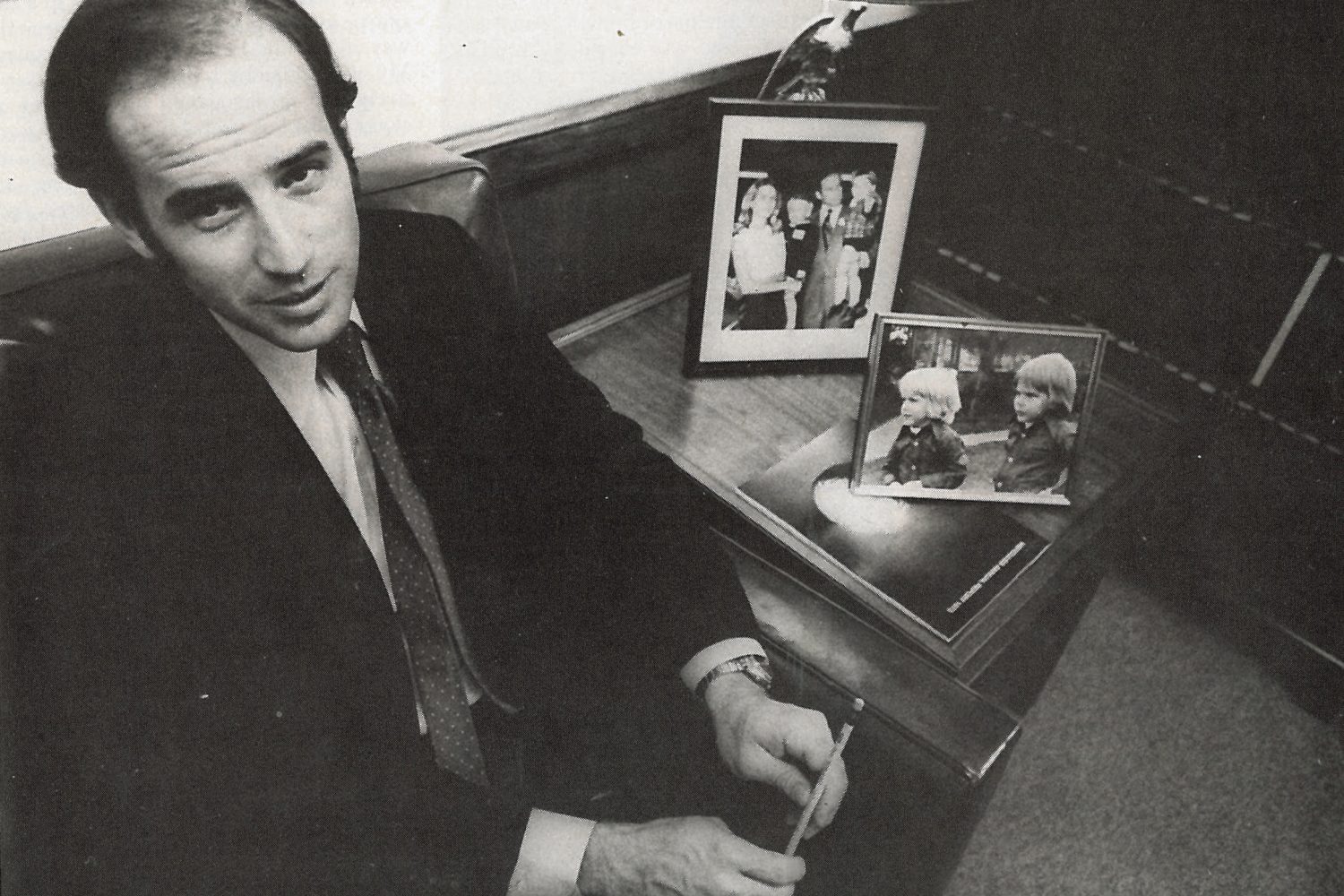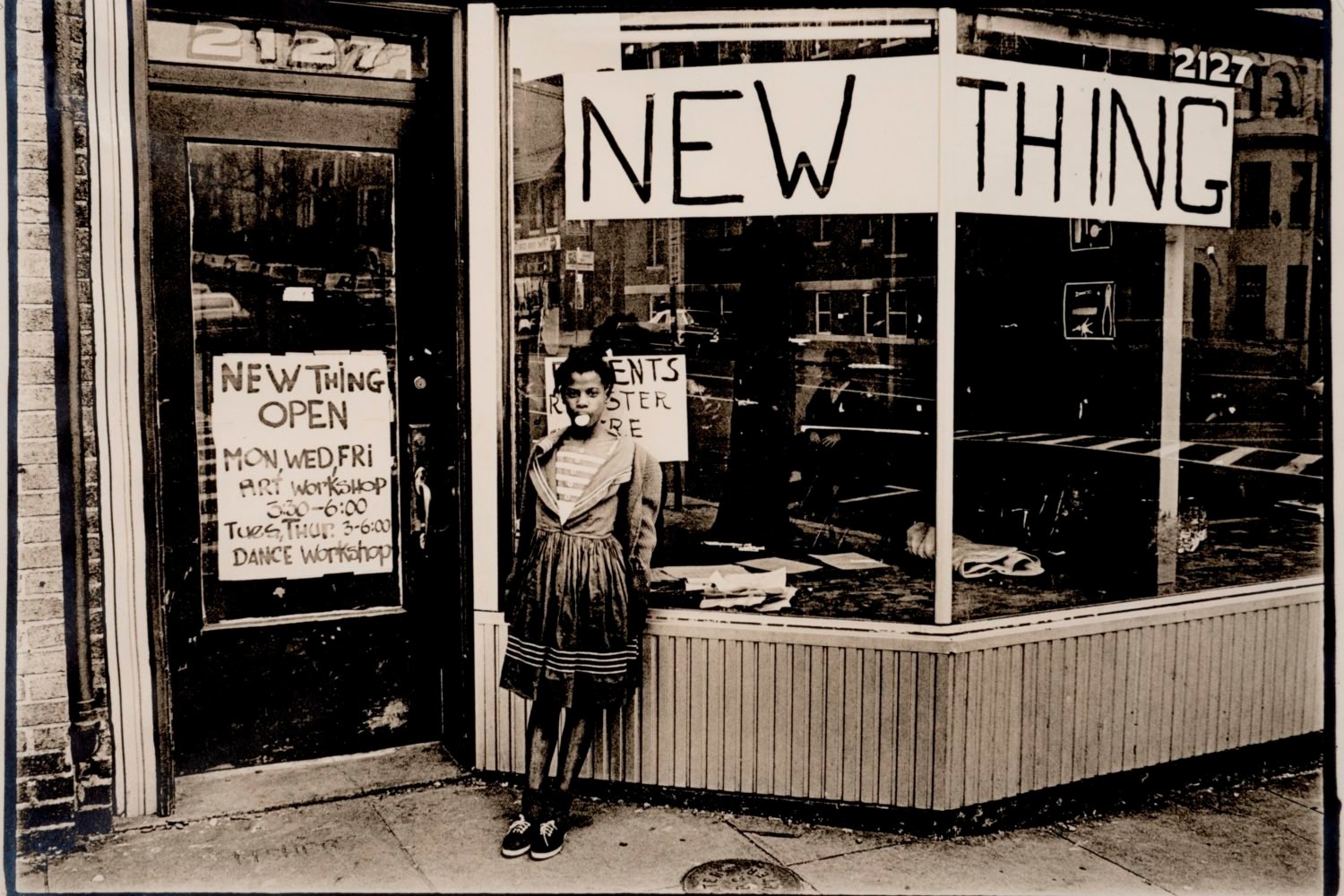For a moment, put aside the important and probably irresolvable debate over torture that has been generated by the new film Zero Dark Thirty, which had its DC premiere last night at the Newseum. While the film does not advocate torture, the filmmakers undoubtedly make the argument that brutal and sustained interrogations of suspected terrorists produced useful, maybe even crucial intelligence that led the CIA to Osama bin Laden’s doorstep in Pakistan. This is an assertion that the director and screenwriter have backed away from while promoting their Oscar-buzzed movie, perhaps so not to further enrage critics and a few lawmakers who say Zero Dark Thirty describes torture as the key to the CIA’s decade-long hunt.
This critique, though, overlooks the real key to getting bin Laden. The CIA found him through a long and often fruitless process of analyzing disparate fragments of intelligence, gathered through a variety of means and mechanisms. They found him by taking years to put together a complex puzzle. And, when they were focused on the task, by being obsessive about it. All this the filmmakers get right.
Zero Dark Thirty is one of the most accurate depictions of intelligence work that I’ve ever seen in film. And of intelligence analysis in particular. This is pain-staking stuff. Slow-going. Often frustrated by a paucity of leads, by competing priorities, and by physical exhaustion. The movie’s protagonist, Maya, who is based on a real-life CIA officer, can think of nothing else but getting bin Laden. In one scene, the CIA Director asks Maya what else she’s done for the agency in her more than 10 years working there.
“Nothing,” she replies. “Nothing else.”
Interrogations provide a major “stream” of intelligence for Maya and her colleagues, one they are reluctant to give up. But there are other streams that prove useful, perhaps more so, even if they flow from the same source–torture.
Some of the most illustrative scenes in the movie feature Maya poring over reports, video footage, and grainy photographs looking for illusive bits of data, for the puzzle pieces. She doesn’t look frantic. She looks exhausted. “Still looking for needles in haystacks?” her colleague asks. Maya keeps looking for years.
She is particularly focused on one needle, a man she believes is bin Laden’s courier. She gets tipped off to his existence by multiple detainees, who had mentioned the man during interrogations. Maya eventually gives the man up for dead. But then the real break in her case arrives, when a younger CIA officer, who has been inspired by Maya, hands her a file with a photo of the courier. It turns out Maya was looking for the man’s brother, who had been killed. But the real courier is still alive, and his identity was sitting in a government file for half a decade.
This is a painful reality of the intelligence business. Human beings get overwhelmed by information and they miss vital clues. “There was a lot of white noise after 9/11,” the younger officer tells Maya, trying to explain why this blockbuster lead remained hidden. Lots of tips were coming in. They all had to be vetted. Some got overlooked. Some were forgotten. This was not unique to the bin Laden operation. You can look at just about every major terrorist attack and find some signal that got lost in the noise.
With the new identity in hand, Maya sets out to track the courier. And this creates more streams of intelligence. Maya’s colleague, Dan, buys a Lamborghini for a Kuwaiti playboy in exchange for him obtaining the phone number of the courier’s mother, who lives in Kuwait. The CIA traces the courier’s calls, but he’s always on the move. So, signals technicians fan out in Peshawar and Rawalpindi, two cities in Pakistan where they’ve seen the courier pop up on the communications grid. They drive through streets teeming with cars, people, and donkeys trying to track the courier’s cell signal with eavesdropping equipment. The analysts look like beachcombers with a metal detector looking for buried treasure.
When they finally locate the courier’s white SUV, the CIA pays a network of Pakistani informants to keep tabs on the vehicle’s location. Men working at road-side fruit stands or idling by highways discretely jot down the route of the passing vehicle. Finally, the CIA follows the courier to Abbottabad Pakistan, and to the now infmaous white villa in which bin Laden was living with his family. The agency puts a reconnaissance drone over the villa. It loiters there for weeks, feeding video footage back to CIA headquarters. The rest of the story you know by now.
The filmmakers have done an awkward job defending their work. They’ve been back-pedaling the torture narrative, and they haven’t directly confronted their detractors. Before the screening, I spoke to a veteran Hollywood entertainer who said that, in his experience, Academy Award voters tend not to approve of political controversy. So, perhaps the makers of Zero Dark Thirty are keeping their powder dry until Oscar nominations are announced tomorrow morning.
Screenwriter Mark Boal’s frustration was evident last night when he said he knew “for a fact” that some of those lambasting the film have not actually watched it. The director, Kathryn Bigelow, said, “We had no agenda in making this film and we were not trying to generate controversy.”
I don’t doubt her. But I suspect that in the close interactions the filmmakers had with top CIA officials, they became persuaded of a view that many intelligence officers I know share: Torture may have been abhorrent. It might even have been counterproductive at times. But it produced some useful information that was added to the mix of what the CIA knew about Al Qaeda.
Agree or disagree. But it’s a point of view, and it’s one the film portrays, even if it doesn’t promote it.










